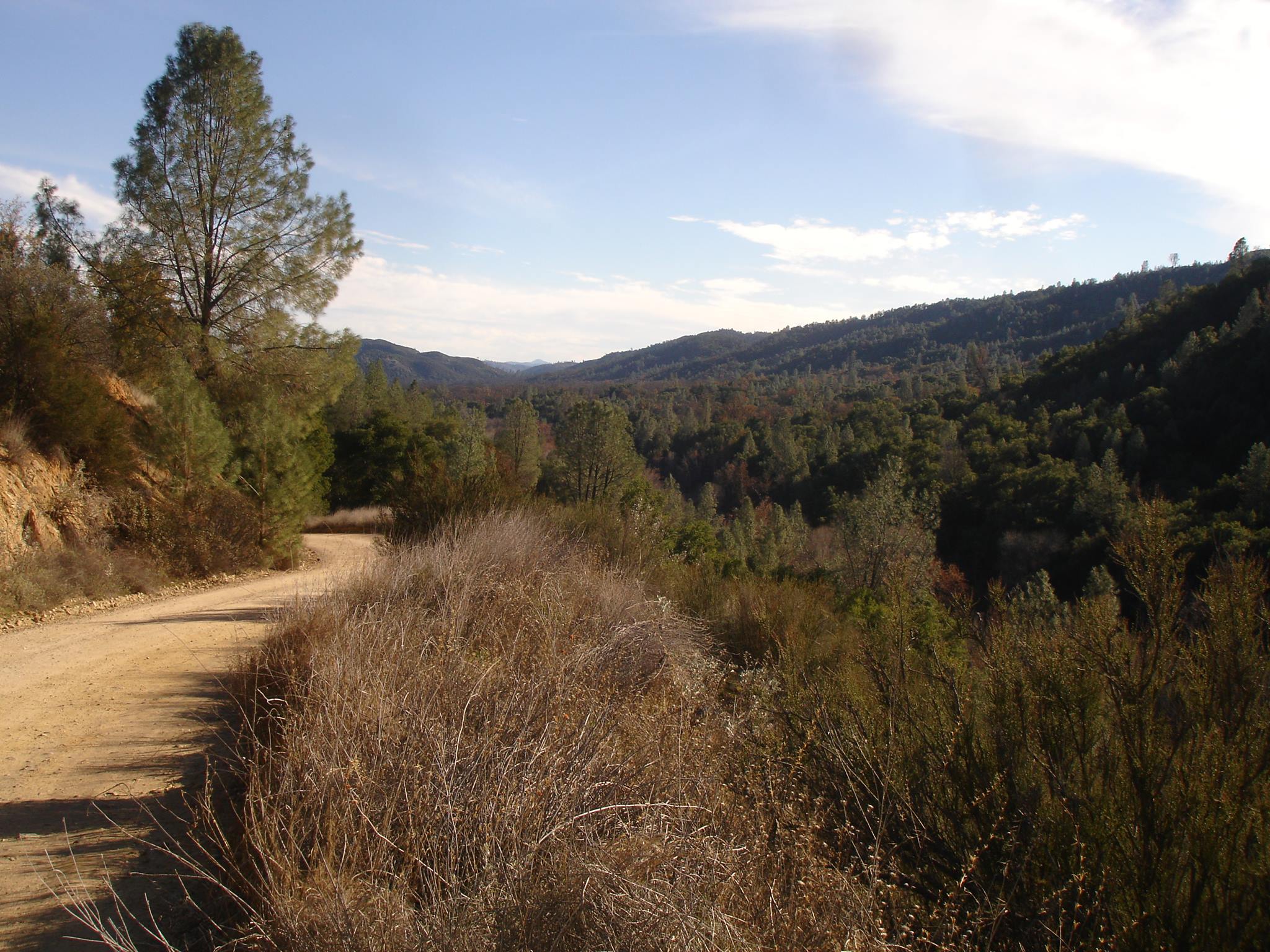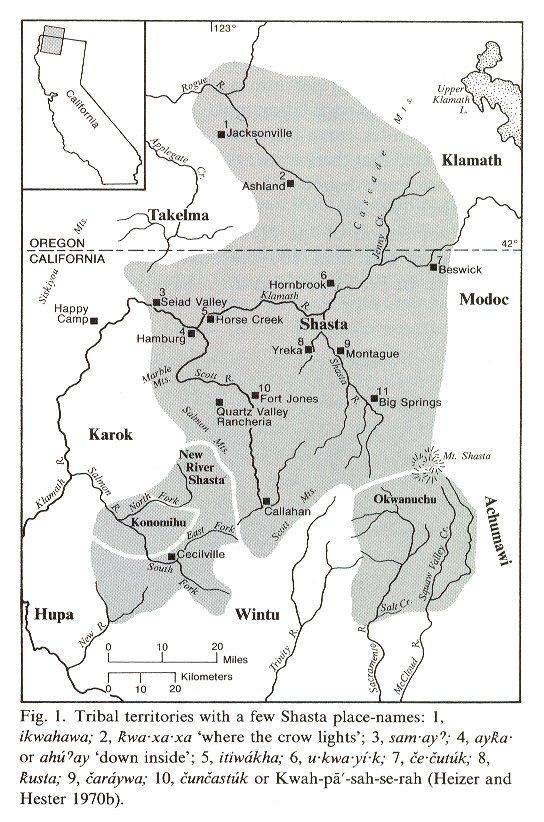New River Shasta
The New River Shasta are believed to have been a distinct ethnographic and linguistic group who lived in the Salmon mountains, along the south and north forks of the Salmon River, as well as along the upper drainage of the New River. Information about New River Shasta is hard to come by; the language is attested only in a few wordlists. In pre-contact times, there were probably no more than 300 speakers (Kroeber 1925).
New River Shasta is a member of the Shastan language family, the other members of which are Konomihu, and Okwanuchu, and Shasta. Together the Shastan languages comprise one branch of the hypothesized Hokan language family. This additionally includes Chimariko, Esselen, Karuk, the Palaihnihan languages (Achumawi and Atsugewi), the Pomoan languages (Central Pomo, Eastern Pomo, Kashaya, Northeastern Pomo, Northern Pomo, Southeastern Pomo, and Southern Pomo), Salinan, Washo, Yana, and the Yuman languages (Cocopa, Kiliwa, Kumeyaay, Maricopa, Mojave, Pai, Paipai, and Quechan).
Selected archival materials at Berkeley
Further reading
- Golla, Victor. 2011. California Indian languages. Berkeley: University of California Press.

